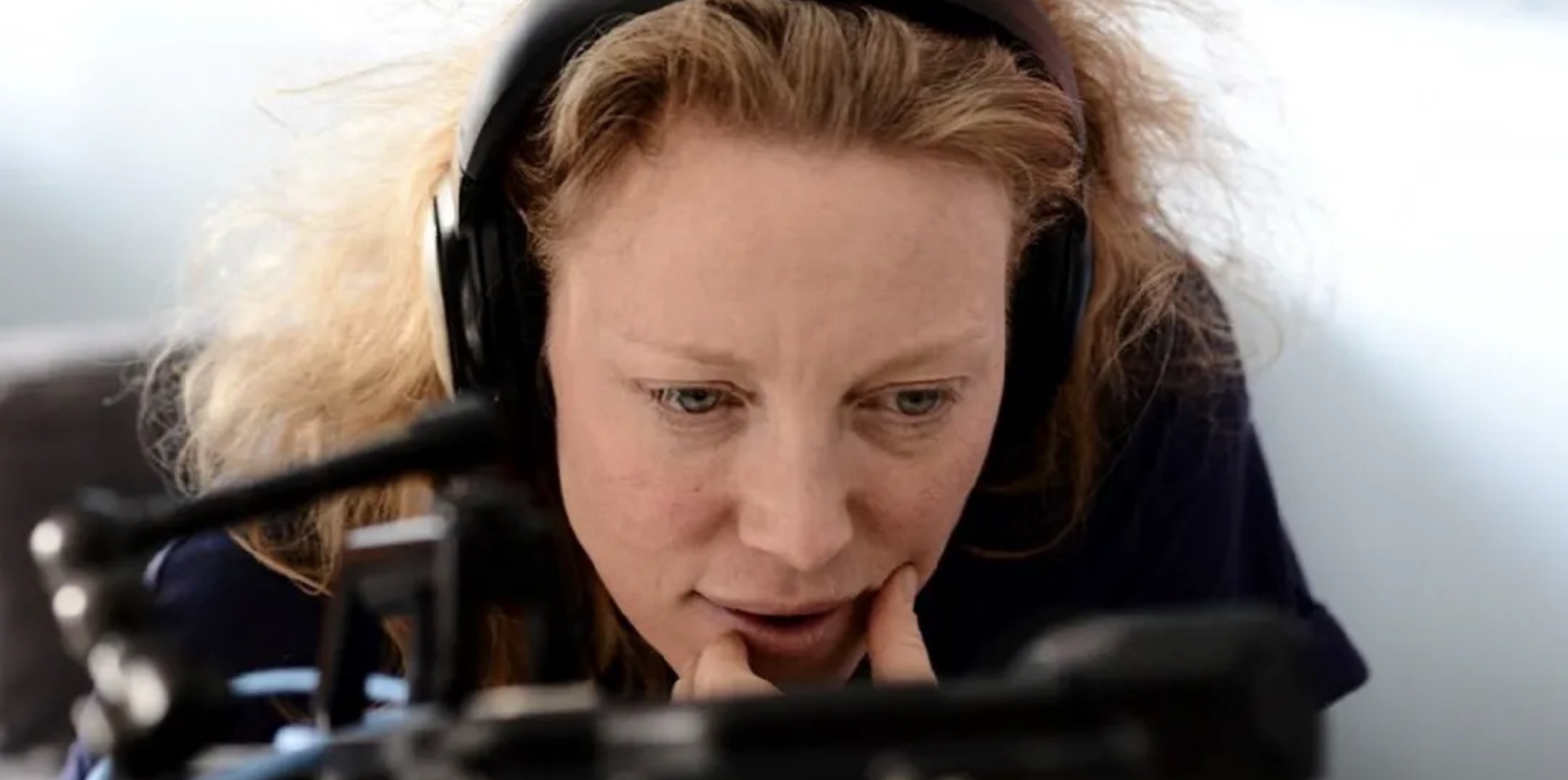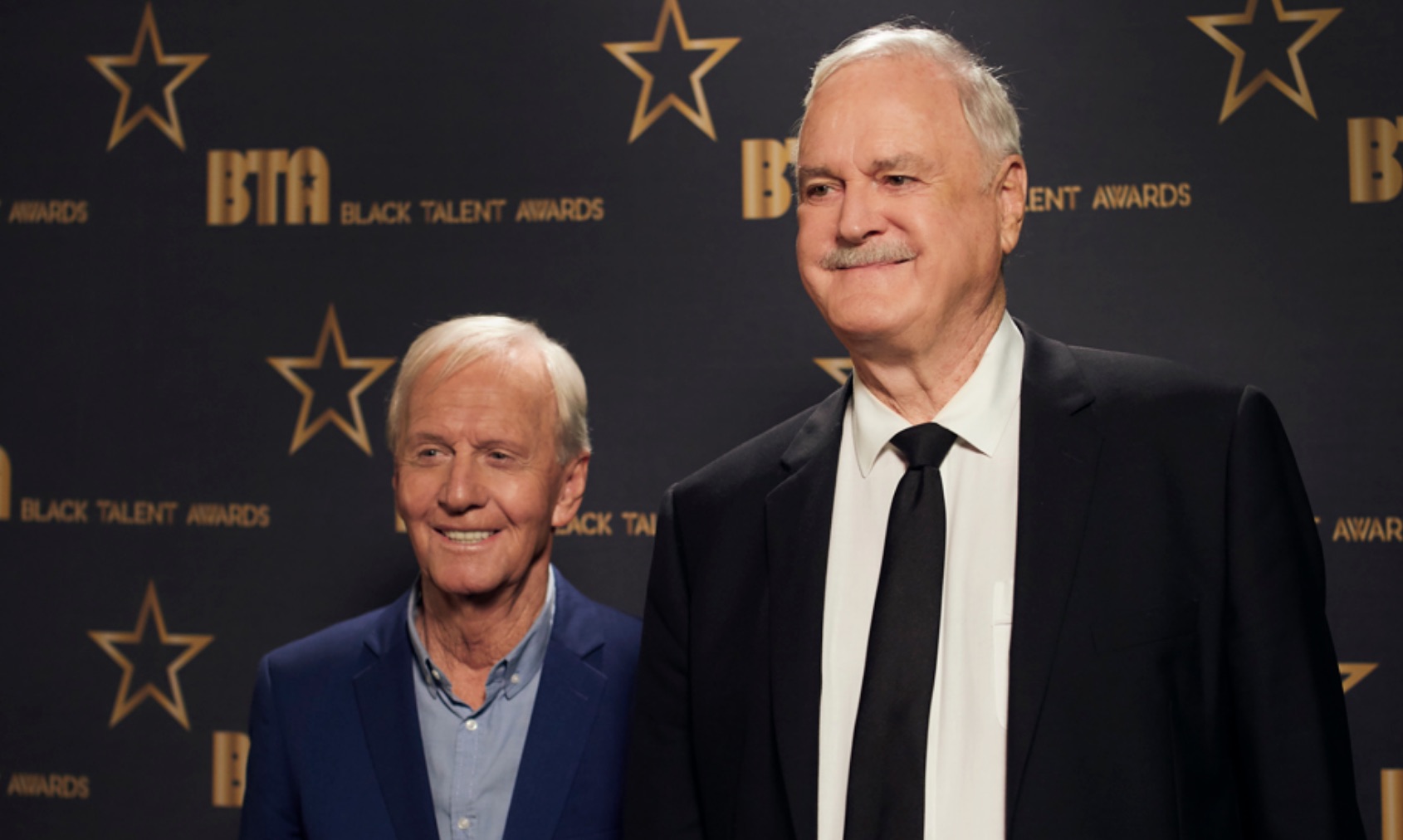VALE ROSSLYN ABERNETHY
 Tuesday, August 4, 2020 at 3:11PM
Tuesday, August 4, 2020 at 3:11PM
Industries on both sides of The Tasman are mourning the loss of industry veteran Rosslyn Abernethy, one of the region’s most experienced and respected production managers. Having forged a remarkable career overseeing shooting schedules and location duties on high-profile shoots in Australia and New Zealand, Abernethy passed away on The Gold Coast on July 20. She was 68.

Born in Masterson on New Zealand’s North Island in 1952, young Rosslyn led a nomadic life, the family following her bank manager father to branches nationwide before settling in Taupō in 1975. She began her film career as a typist for the Auckland based exhibition outfit Amalgamated Theatres prior to decamping to the the U.K. where she found office work in the film production community.
 Her antipodean ties gave her the edge when director Mike Newell was crewing his New Zealand production Bad Blood (1981), an account of the manhunt for farmer-turned-murderer Stanley Graham (played by Australian actor Jack Thompson; pictured, right). Abernethy returned from England to act as production secretary, a role for which she earned a credit on such productions as Buddies (Dir: Arch Nicholson; 1983); The Return of Captain Invincible (Dir: Philippe More; 1983); and, BMX Bandits (Dir: Brian Trenchard-Smith; 1983).
Her antipodean ties gave her the edge when director Mike Newell was crewing his New Zealand production Bad Blood (1981), an account of the manhunt for farmer-turned-murderer Stanley Graham (played by Australian actor Jack Thompson; pictured, right). Abernethy returned from England to act as production secretary, a role for which she earned a credit on such productions as Buddies (Dir: Arch Nicholson; 1983); The Return of Captain Invincible (Dir: Philippe More; 1983); and, BMX Bandits (Dir: Brian Trenchard-Smith; 1983).
The all-encompassing role provided training for the position of production co-ordinator, to which Abernethy progressed on the films The Coolangatta Gold (Dir: Igo Auzins; 1984); Cassandra (Dir: Colin Egglestone; 1987); and, Slate, Wyn & Me (Dir: Don McLennan; 1987).
 It would be as the industry’s pre-eminent production manager that Rosslyn Abernethy earned her reputation as one of Australia’s most in-demand professionals. From her debut in the role in 1985 on Best Enemies (Dir: David Baker), she would work steadily on productions like the mini-series Sword of Honour (1986); Howling III (Dir: Philippe Mora; 1987); the hit TV series Police Rescue (1989); the Kylie Minogue vehicle, The Delinquents (Dir: Chris Thomson; 1989; pictured, left); Traps (Dir: Pauline Chan; 1994); the international shoot Street Fighter (Dir: Steven E. de Souza; 1994), with Jean Claude van Damme; The Real Macaw (Dir: Mario Andreacchio; 1998); the Hugh Jackman hit, Paperback Hero (Dir: Anthony Bowman; 1989); and, the global hit TV series, The Sleepover Club (2003).
It would be as the industry’s pre-eminent production manager that Rosslyn Abernethy earned her reputation as one of Australia’s most in-demand professionals. From her debut in the role in 1985 on Best Enemies (Dir: David Baker), she would work steadily on productions like the mini-series Sword of Honour (1986); Howling III (Dir: Philippe Mora; 1987); the hit TV series Police Rescue (1989); the Kylie Minogue vehicle, The Delinquents (Dir: Chris Thomson; 1989; pictured, left); Traps (Dir: Pauline Chan; 1994); the international shoot Street Fighter (Dir: Steven E. de Souza; 1994), with Jean Claude van Damme; The Real Macaw (Dir: Mario Andreacchio; 1998); the Hugh Jackman hit, Paperback Hero (Dir: Anthony Bowman; 1989); and, the global hit TV series, The Sleepover Club (2003).
 During this period, Abernethy adapted her organisational skills and legendary rapport with crew to oversee the art department of Fortress (Dir: Stuart Gordon; 1992), starring Christopher Lambert (pictured, right). The Queensland shoot was a massive undertaking, an experience that prepared her for working with producer James Cameron on the cave-diving adventure Sanctum (Dir: Alister Grierson; 2011) as production manager. On the 2017 thriller Out of the Shadows (Dir: Dee McLachlan), Abernethy expanded her production manager role into that of line producer, a function she also undertook on the war drama, Escape and Evasion (Dir: Storm Ashwood; 2019). Her final production manager credit was on the thriller The Second (Dir: Mairi Cameron; 2018), starring Rachael Blake, Susie Porter and Vince Colosimo.
During this period, Abernethy adapted her organisational skills and legendary rapport with crew to oversee the art department of Fortress (Dir: Stuart Gordon; 1992), starring Christopher Lambert (pictured, right). The Queensland shoot was a massive undertaking, an experience that prepared her for working with producer James Cameron on the cave-diving adventure Sanctum (Dir: Alister Grierson; 2011) as production manager. On the 2017 thriller Out of the Shadows (Dir: Dee McLachlan), Abernethy expanded her production manager role into that of line producer, a function she also undertook on the war drama, Escape and Evasion (Dir: Storm Ashwood; 2019). Her final production manager credit was on the thriller The Second (Dir: Mairi Cameron; 2018), starring Rachael Blake, Susie Porter and Vince Colosimo.
Rosslyn Abernethy is survived by her husband Shane Denman and son, actor Burgess Abernethy. Her extended family, including her sister Seonaid, still live in her hometown of Taupō.
 Australian,
Australian,  Obituary
Obituary 

























